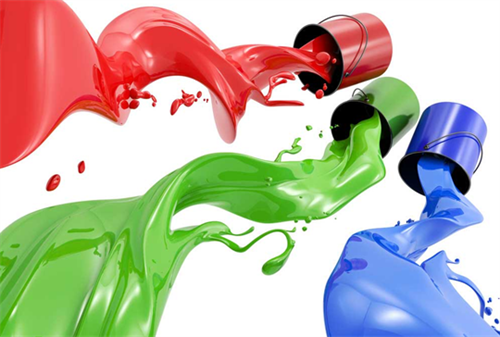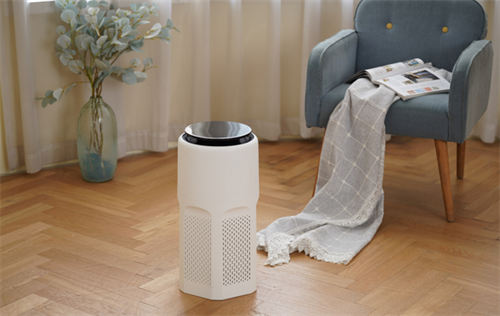Paints may contain formaldehyde. Formaldehyde is a commonly used volatile organic compound that is often used as a solvent in the production of paints and coatings. However, modern paint manufacturers typically take measures to reduce the content of formaldehyde in order to comply with environmental and health standards.

Therefore, if you purchase paint products that meet these standards, the level of formaldehyde should be within a safe range. Nonetheless, to ensure the health of yourself and your family, it is recommended to maintain good ventilation while using paint and to follow the usage instructions.

To remove formaldehyde from paint, you can take the following methods:
1. Ventilation: Opening windows and ensuring good air circulation in the room helps with the evaporation and dilution of formaldehyde.
2. Use Activated Carbon: Placing activated carbon in the room can help reduce indoor formaldehyde levels, as it has the ability to adsorb formaldehyde.

3. Use Plants for Air Purification: Some plants, such as spider plants and ivy, have the ability to absorb formaldehyde and can be placed indoors to help purify the air.
4. Use Formaldehyde Absorbents: There are products specifically designed to adsorb formaldehyde available on the market, which can be used according to product instructions.
5. Clean the Indoor Environment: Keeping the indoor space clean and regularly cleaning surfaces like floors and furniture can help reduce formaldehyde accumulation.

6. Use Air Purifiers: Choosing air purifiers with formaldehyde filtration capabilities can help remove formaldehyde from indoor air.
It is important to note that the above methods can help reduce indoor formaldehyde concentrations but cannot completely eliminate it. If formaldehyde levels are high or if you are sensitive to formaldehyde, it is advisable to consult a professional indoor environment testing agency or a formaldehyde treatment company for assistance.



